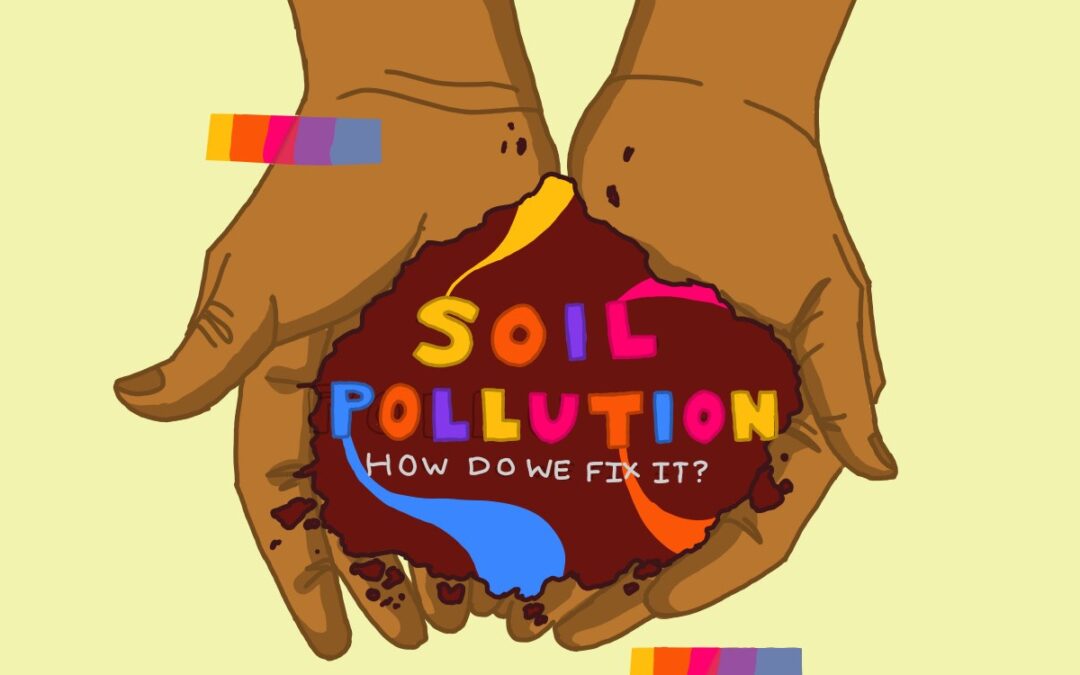Author: Stacy Kiseliouk
Editor: Emily Upsrich-Couture
Featured Image Designer: Emily Sheng
Publisher: Jumana Ismail
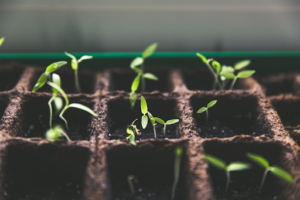
Credit to Markus Fiske
I think one of the most common misconceptions is how interchangeably ‘dirt’ and ‘soil’ are used, especially when they could not be more different.
On one hand, soil is a very much alive mixture of organic matter, bacteria, and nutrients, while on the other, dirt is a very dead combination of sand, silt, and clay. On the first hand, we have a complete and self-sustaining ecosystem, providing life to every living thing, while the other could not support life if you asked it to.
Now personally, I’ve never cared much for either, but it wasn’t until a few years ago that the astounding power of soil actually struck me. Without soil, we have no agriculture and thus no food; without soil, we lose an integral part of the carbon cycle; and without soil, the CO2 in the atmosphere would be astronomically higher than it is now (Stanford).
But for something so important, we have misused it, left it unappreciated, and taken it for granted like just about every other natural resource out there.
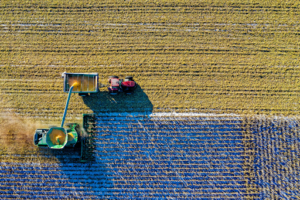
Credit to Tom Fisk
Since the Industrial Revolution, approximately 135 billion tons of soil has been lost worldwide from farmland – and Canada is certainly NOT exempt from this (Millstone). Our country actually loses about 25,000 hectares of prime farmland to urban expansion each year (Millstone).
Remember what I said about soil being necessary for our survival? Well, by draining wetlands and cutting down entire forests for industrial development, we achieve many things, none of which are good.
Agriculturally, we reduce soil fertility and nitrogen fixation, increase erodibility, reduce crop yield, and lose many nutrients (Ashraf et al.). Industrially, according to Ashraf et al, we release plenty of pollutant gases, increase salinity, and even release radioactive rays causing health problems. Perhaps most importantly, we ensure a future where we cannot effectively grow food (Ashraf et al.).
So, to put it quite simply, soil pollution is one of the biggest environmental issues of our era, with plenty of causes all narrowing down to one thing: human activity.
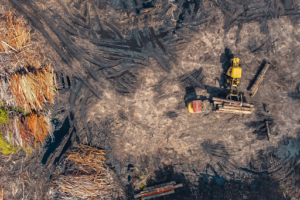
Credit to Pok Rie
The most common causes of soil pollution stem from pesticides, herbicides, and fertilizer; chemicals seeping from landfills; contaminated water; the discharge of industrial waste; solid waste seepage; and a mass amount of deforestation effects (Ashraf et al.).
As Ashraf et al. explains, this combination of petroleum hydrocarbons (chemicals that comprise oil products), heavy metals, pesticides, and solvents all have the potential to permanently damage our ecosystems.
But this is pretty self explanatory.
What’s less self explanatory is how we can fix this mess before it’s too late. This brings up a series of other issues.
Here in Ontario, the method usually taken when dealing with water and soil pollution is called a ‘risk-based approach.’ What this means is that the highest risks of a situation are identified and managed appropriately.
The issue with this method is that Ontario’s soil is not improving. In fact, it’s the complete opposite.
82% of Ontario’s agricultural soils are estimated to be losing far more CO2 to the atmosphere than it is increasing our soil’s organic carbon (Peluso). 68% of Ontario’s farmland is approximated to be in an unsustainable erosion risk category (Peluso).
Overall pesticide use in Ontario has seen a 12% increase since 2003, as Peluso explains. Back in 2013-14, about 33.6 tonnes of pesticides were used on all crops surveyed by Farm & Food Care Ontario (Peluso).
Each year, there are about 4,000 chemical spills, translating to over several million litres of gasoline, diesel, and other chemicals seeping into Ontario’s soil (Peluso). This, of course, does not consider the amount of unreported spills – a number likely to go up to 20,000 spills each year (Peluso).
Once again, Ontario’s soil is not improving, but that does not mean it can’t.
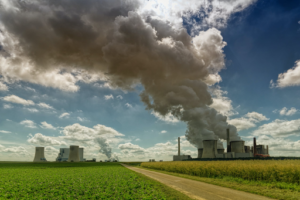
Credit to Johannes Plenio
Currently, while the reductionist and reactive ‘risk management approach’ taken to soil health doesn’t seem to be working, there are other more effective measures that do.
Generally speaking, soil pollution strategies involve an immense amount of different practices, both regional and holistic that vary from issue to issue. Some of the most common however, focus immensely on three things: pesticide reduction, building soil organic matter, and working with farmers to improve soil health.
The first of the big three, of course, is related to ‘Integrated Pest Management’ – or a way of reducing pests without the use of pesticides (Rotz et al.).
It’s why some key practices include ‘giving plants a head start’ on pests by choosing the proper site, rotating crops, and testing soil, while also altering planting time and spacing, forecasting pest outbreaks, and growing plants that tolerate common problems (IPM).
The second approach, while less discussed, is actually more relevant, with ‘soil organic matter’ referring to any material of substantially decomposed tissue, being an essential agent in maximizing nutrients, improving soil structure, and minimizing erosion (Rotz et al.).
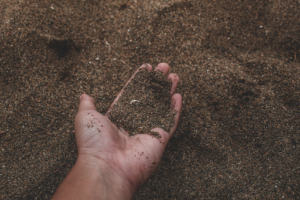
Credit to Kenneth Carpina
Building organic matter can be achieved by building biodiversity, recycling water and organic inputs, using cover crops, and increasing crop and livestock interactions – all circling back to being a principal soil solution (Rotz et al.).
Now this is all nice and tidy in practice, but the last approach focused on working with farmers is more complicated.
For example, by providing fiscal or monetary incentives to those with high or increasing soil organic matter levels can soil health have a good reason to begin progress (Rotz et al.). Then, as Rotz et al. explains, this would also mean placing penalties on farmers for falling or low organic matter, and expanding support programs to help farmers work together to build high levels.
But all of this is focused on provincial decision making, with choices made by those in power – not the average citizen. Down here, we can continue to eat sustainably, produce homemade composts, recycle properly, and more than anything, appreciate soil and all it does.
Soil truly is the backbone of our lives, making it more important than ever to ensure we keep it healthy – not just for us, but for the future.
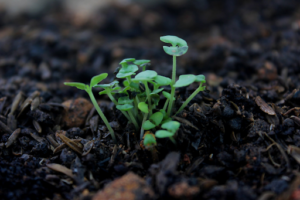
Credit to Crusenho Agus Hennihuno
Resources / Further Reading
Stanford. Soils or Plants Will Absorb More CO2 as Carbon Levels Rise – but Not Both, Stanford Study Finds, Stanford News, 24 Mar. 2021, http://news.stanford.edu/press/view/38728.
Millstone. “Ten Years of Environmental Destruction in Ontario: Soil Pollution.” The Millstone, 9 Dec. 2020, http://millstonenews.com/ten-years-of-environmental-destruction-in-ontario-soil-pollution/.
Ashraf, Muhammad Aqeel, et al. “Soil Contamination, Risk Assessment and Remediation.” IntechOpen, IntechOpen, 26 Mar. 2014, http://www.intechopen.com/chapters/46032.
Peluso, Theresa. “Ten Years of Environmental Destruction in Ontario: Soil Pollution.” The Millstone, 9 Dec. 2020, http://millstonenews.com/ten-years-of-environmental-destruction-in-ontario-soil-pollution/.
IPM Institute of North America. “What Is Integrated Pest Management?”IPM Institute of North America, http://ipminstitute.org/what-is-integrated-pest-management/.
Rotz, Sarah, et al. “A Canadian Soil Health Vision and Strategies.” A Canadian Soil Health Vision and Strategies | Food Policy for Canada, York, http://foodpolicyforcanada.info.yorku.ca/a-canadian-soil-health-vision-and-strategies/.

